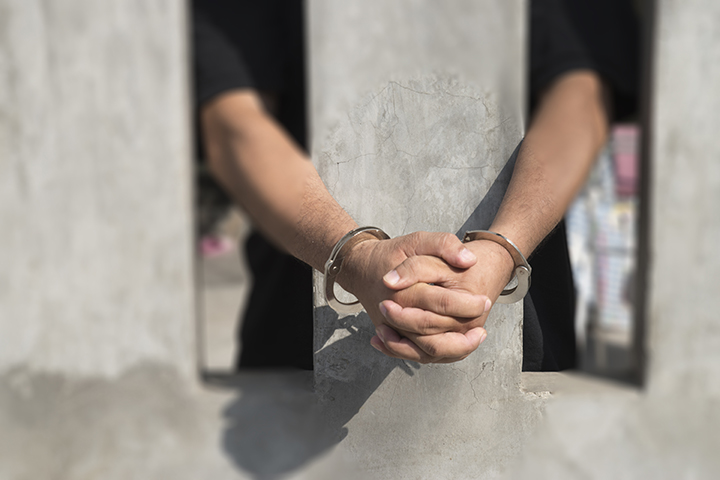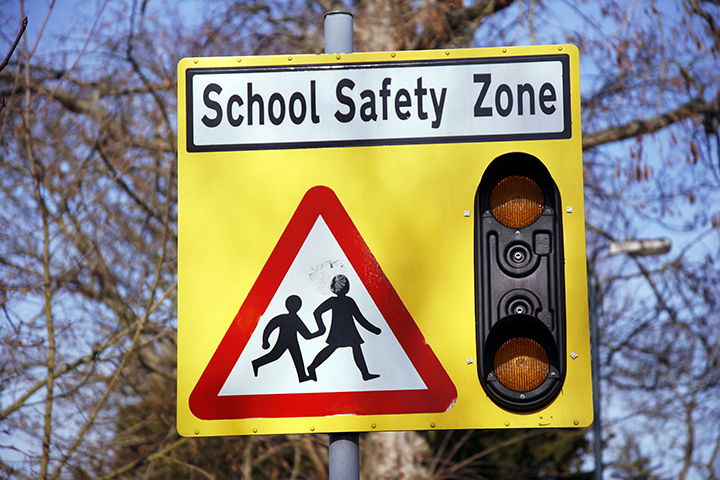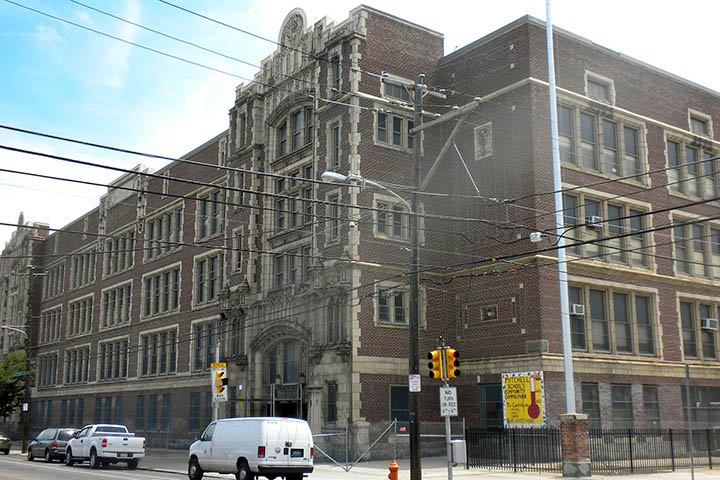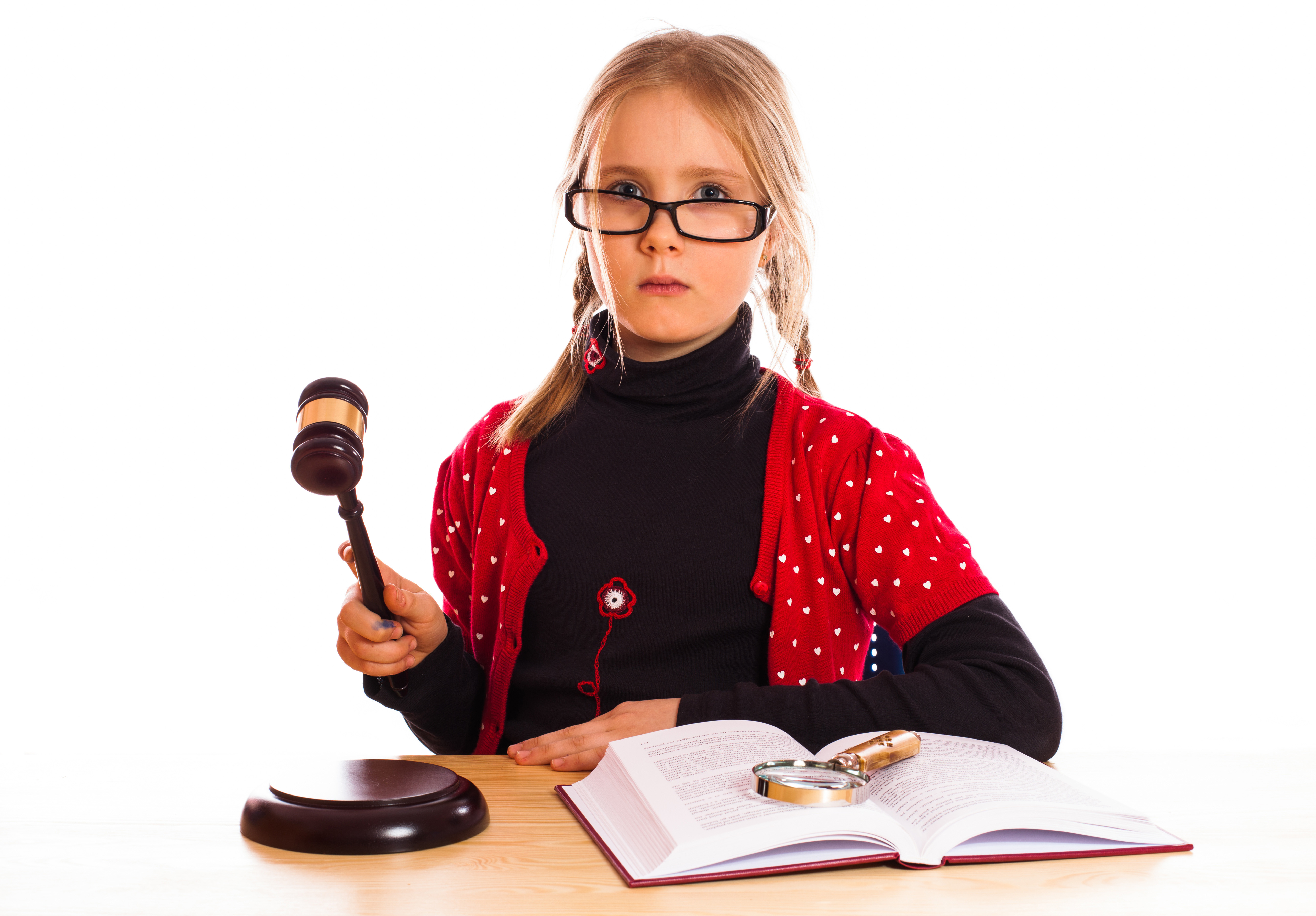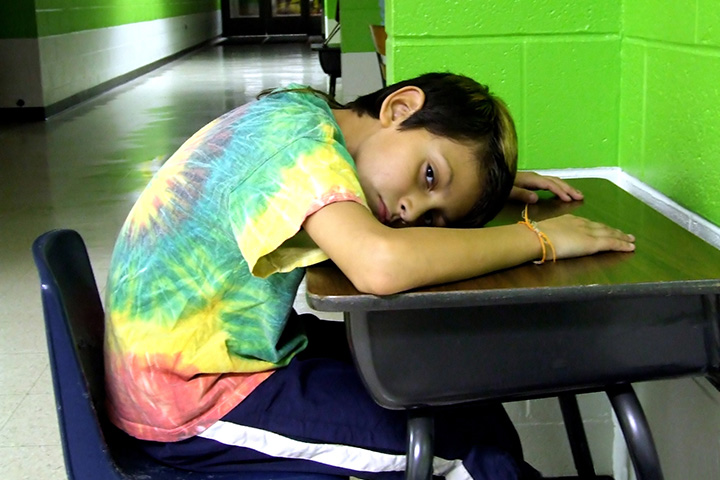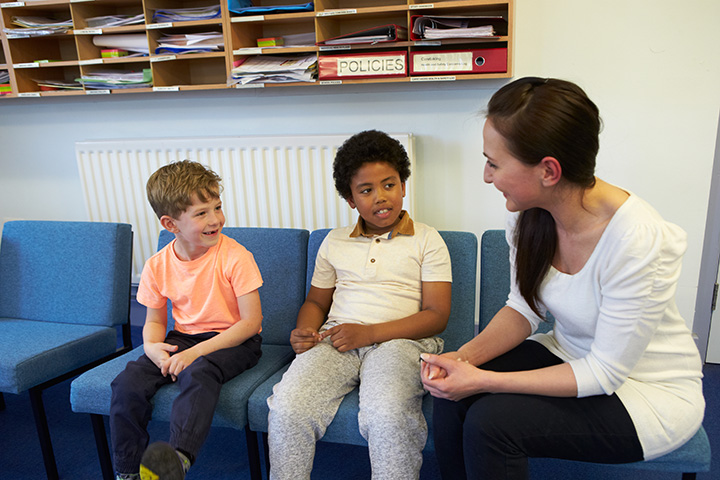A middle school in Texas takes an unconventional approach to dealing with theft that might help other schools improve school climate and outcomes for students.
NEA Today spoke with William Sheets, Restorative Practices Coordinator for the Dallas Independent School District, to learn more about restorative practices and hear how the district has moved forward with their implementation. Sheets says that restorative practices are fundamentally about “being proactive in the classroom, investing time into your students and really listening to them.” Ideally, this serves to improve school culture and better support those students who may be facing challenges.
Under the umbrella of restorative practices, schools seek to avoid suspending students who have broken school rules, unless a major infraction has been committed, and instead will use community-building exercises to restore justice and address any harm caused.
The process relies on “classroom circling” to both build a culture where issues can be truly addressed in this manner and, in some cases, to solve incidents in real time. Classroom circling plays out very similarly to how it sounds: all students in a class gather in a circle to discuss what might have happened and each participant is guaranteed a chance to speak.
NEA Today adds that, “At Medrano Middle School, there are planned circles at least once every six weeks for relationship building, but more will take place when an issue needs to be addressed. In relationship building circles, kids are asked a variety of questions, about favorite music or movies, for example, or what what they’d like to see changed at school.”
The district is piloting restorative practices in six elementary and middle schools, and based on the positive preliminary results, they plan to expand to more schools in the future. In-school suspensions dropped by 70%, and out-of-school suspensions plummeted by 77%.
No teacher in any of the pilot schools is required to adopt the practices in their classroom. However, as teachers witnessed the effectiveness of this relational approach, they have opted to participate. It seems that as educators saw how the process could address the root cause of student misbehavior instead of only providing short-term consequences, they decided it was worth incorporating
Now schools around the nation are looking for practices like this that can improve school climate and drive student outcomes required by the Every Student Succeeds Act (ESSA).
Dallas is just one district of many across the country who are adopting restorative practices, and this could be a key step to meeting school climate goals laid out in the state’s ESSA plans.
Practices like the ones in Dallas are promising because of the ways that they help students take responsibility for their actions. This is critical, argues Institute for Advanced Studies in Culture founder James Davison Hunter in The Death of Character, because “character implies the moral autonomy of the individual in his or her capacity to freely make ethical decisions.” If you suspend a student for theft, you have punished, but you haven’t called on them to make take responsible action to repair the harm. Hunter explains that “controlled behavior cannot be moral behavior for it removes the element of discretion and judgment.”
Establishing moral autonomy for teachers and students in schools is hard, slow work where suspension is the default action for moral transgression. Duke Law offers schools a framework of alternative strategies that can establish the kind of culture where students take responsibility for their actions in the classroom, and in life.


